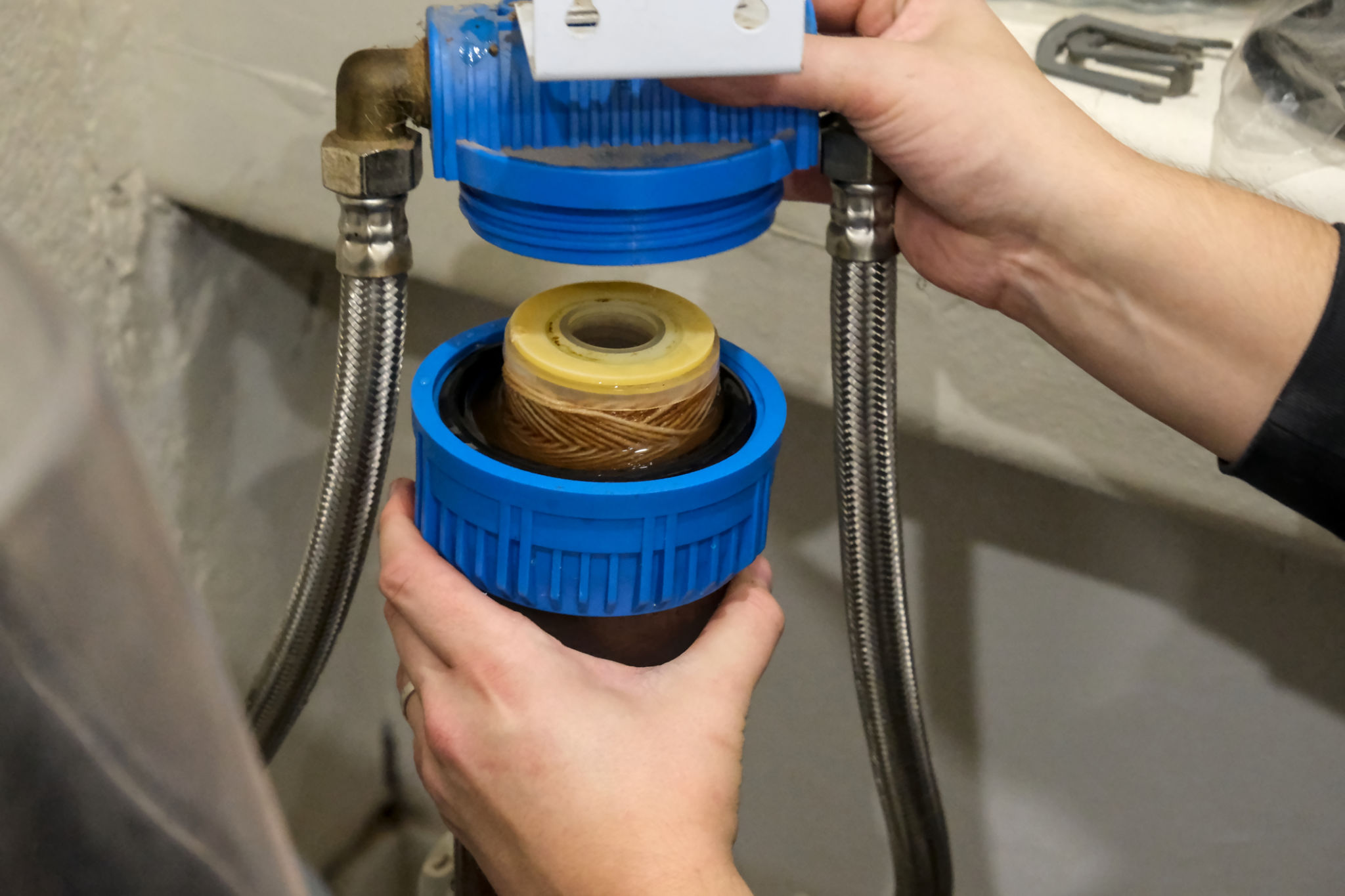Laundry Myths Debunked: What Really Works?
Separating Whites and Colors: Is It Always Necessary?
One of the most common laundry myths is that you must always separate whites from colors. While this is a good practice for new, brightly colored clothes that might bleed, it isn’t always necessary for older garments. Modern detergents and washing machines are designed to handle mixed loads more effectively. If you're in a hurry, mixing loads with similar fabrics and wash requirements can save you time without causing damage.

Does More Detergent Mean Cleaner Clothes?
It’s a common misconception that using more detergent will result in cleaner clothes. In reality, using too much detergent can cause build-up on clothing and in the washer, leading to unpleasant odors and even skin irritation. Always follow the recommended amounts on the detergent label, and consider using less for lightly soiled garments or when using high-efficiency machines.
The Importance of Proper Dosing
Proper detergent dosing is crucial for effective laundering. Too little detergent won't remove stains and dirt, while too much can leave residues. For optimal results, consider the soil level, water hardness, and load size when determining the right amount to use.

Hot Water vs. Cold Water: Which is Better?
Many people believe that hot water is essential for killing germs and removing stains. However, advances in detergent technology mean that cold water can be just as effective for many fabrics, especially when combined with a good quality detergent. Cold water washing is also more energy-efficient and gentler on fabrics.
When to Use Hot Water
While cold water is suitable for most washes, hot water can be beneficial for heavily soiled items or linens that require sanitizing. Always check garment care labels before opting for hot water to prevent shrinkage or damage.

Fabric Softeners: Friend or Foe?
Fabric softeners are often used to make clothes feel softer and reduce static cling. However, they can sometimes coat fibers, reducing the absorbency of towels and performance wear. Instead of traditional softeners, consider using alternatives like vinegar or dryer balls to achieve softness without compromising fabric performance.
The Downside of Overuse
Overusing fabric softeners can lead to build-up on clothes and in your washing machine. This may result in reduced washing efficiency and potential maintenance issues. Use them sparingly or opt for natural alternatives to maintain both your clothing and appliances.

Bleach: The Ultimate Stain Remover?
While bleach is a powerful whitening agent, it’s not suitable for all fabrics or stains. Overuse can lead to fabric damage and color loss. Always check care labels before using bleach and consider alternative stain removers that are gentler on both clothes and the environment.
Alternatives to Bleach
- Baking soda
- Lemon juice
- Hydrogen peroxide
These alternatives can effectively tackle stains without the harsh effects of bleach.

